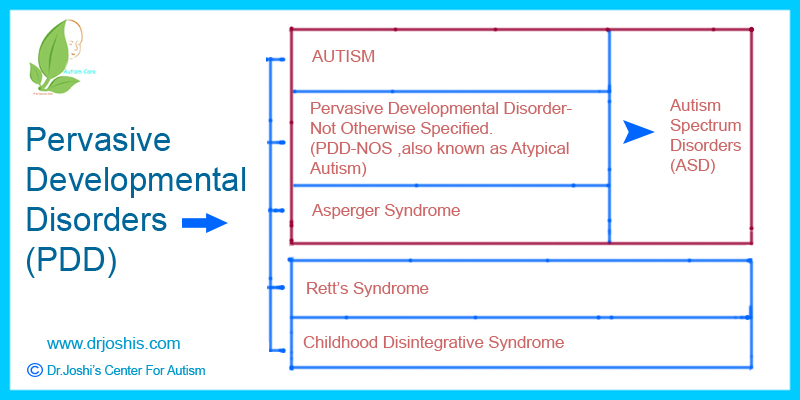

People with Pervasive Developmental Disorder usually live mostly ordinary lives and are regarded as the highest functioning of all autism subtypes, but can have issues relating to people, understanding language, accepting change in surroundings or routines, and dealing with their own emotions. This diagnosis is suitable for people with the basic requirements for autism and does not have more severe characteristics, like extreme repetitive behaviors, intellectual limitations, or inappropriate mannerisms.Ī person diagnosed with Pervasive Developmental Disorder usually exhibits social and communication challenges, but rarely or entirely do not display other symptoms of Asperger’s, like obsessions over specific topics, developmental delays, or awkward mannerisms. Like Asperger’s, children with Pervasive Developmental Disorder are more likely to have significant challenges when it comes to social and language development. Specific pervasive developmental disorder.PDD-NOS can only be relevant to people who don’t have any of the following diagnoses: PDD-NOS is common in individuals who have any disabilities in social skills or incapacity to successfully have a conversation with other people, issues with verbal or nonverbal communication, or stereotyped behavior, interests, and activities.

These individuals do not fully meet the criteria for another ASD, such as autistic disorder (sometimes called ‘classic autism’) or Asperger syndrome. PDD-NOS is a diagnosis applied to children and adults who are on the autism spectrum.

PDD-NOS stands for a generalized developmental disorder not otherwise specified. In this guide, we are going to comprehensively review the pervasive developmental disorder and social challenges related to it.


 0 kommentar(er)
0 kommentar(er)
